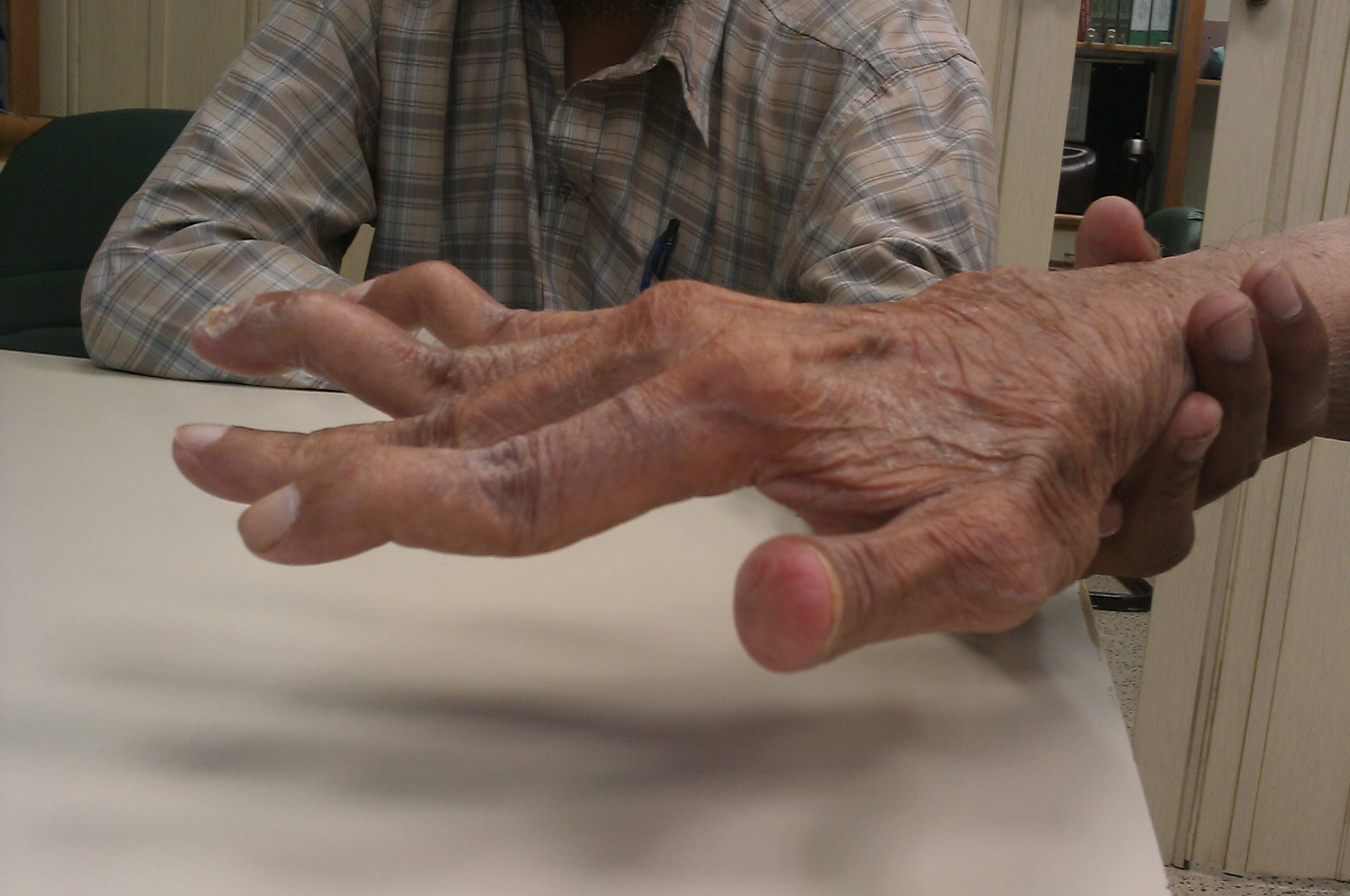When we're born, we immediately begin growing at a rapid rate. At a certain point, of course, we stop growing and slowly start to age.
It turns out that there are things we do every day that can age us, like watching too much TV or drinking out of a straw.
Some things can be prevented, but at the end of the day, getting older is just a part of life. This can include shrinking or getting shorter as you get older.
The University of Arkansas explains that, after age 30, women can lose up to three inches in the course their lifetime. This is because the cartilage between our joints wears down as we get older. A related sign of aging is the development of a Dowager's hump.
Dowager's hump is a nickname for a condition called kyphosis. Posture Resource defines it as "an abnormal, outward curvatature of the thoracic vertebrae of the upper back — a visible hump along the back of the spine, and the head juts forward."
Luckily, this condition can be prevented. Read on and learn about the causes and prevention.
What Is A Dowager's Hump?

You've probably noticed a Dowager's hump on people before, but perhaps not really known what it was called.

Officially called kyphosis, the condition is a forward rounding of the back that causes a "hunched over" look, according to the Mayo Clinic. It can affect anyone of any age but tends to be seen in women as they get older.
Cause 1: Arthritis

Arthritis is a very common problem for people as they mature, but the process that causes it can also lead to a Dowager's hump.
According to Bio Med Central, spinal arthritis is caused by intervertebral discs degenerating and losing fluid. If this happens too rapidly, the spine can collapse in on itself and cause a hump to form.

If you already know that you have arthritis in your hands or other joints, you may be at higher risk to develop arthritic symptoms in your spine.
Cause 2: Poor Posture

If you've ever seen anyone with a Dowager's hump in real life, you'll notice that it sort of looks like they just have really bad posture — this is no coincidence.
Chronically having bad posture can weaken your back muscles and joints and cause someone's slouch to become a permanent fixture, per the Mayo Clinic.
Cause 3: Osteoporosis

Since the Dowager's hump looks like a crushed vertebrae, it's no surprise that a condition like osteoporosis can be a cause.
According to Mayo Clinic, the bone-thinning disorder can cause compression fractures that result in the development of a hump.

Essentially, with osteoporosis, you gradually lose bone over time.
As you get older and bone loss is more pronounced, you might start to see it in the way your skeleton supports your body. Your shrinking skeletal system might create a hunch in an effort to support your muscles.
Prevention 1: Yoga

Yoga is a great activity for the mind and body. It is also useful for treatment and prevention of kyphosis.
Back & Body Medical reports that a study found women who reported going to yoga classes showed less curvature in their backs.

Traditional yoga isn't for everyone, depending on age and health.
Fortunately, there are lots of adapted yoga classes out there that cater to people who haven't tried it before, and help adjust the poses to be a little bit gentler on your frame.
Yoga not your cup of tea? Any class that involves lengthening and strengthening your muscles can help, like pilates or ballet.
Prevention 2: Vitamin C And D

It's important to remember to take your vitamins for a whole host of reasons, but doing so can also keep your back in its best health.
According to the National Institutes of Health, vitamin C is a great source of ascorbic acid that helps keep connective tissues healthy.
Vitamin D is important for maintaining strong bones, because it helps to absorb calcium.

The best natural source of vitamin D is sunlight, so try to catch some rays when you can, and supplement your diet with a little extra vitamin D.
You can also take a vitamin C supplement, and up your intake of citrus fruits that contain a lot of the substance.
Prevention 3: Good Posture

One of the best ways to maintain high bone density and prevent the development of a Dowager's hump is to simply practice good posture whenever possible.
It may sound overly simple, but if you make a conscious effort to sit and stand up straight, your back will become stronger and less likely to collapse in on itself.
You can even use posture training vests and other similar tools to encourage a straight spine.
Prevention 4: Weight Training

Strengthening the muscles surrounding your upper back and neck is a good way to prevent the likelihood of a Dowager's hump.
Back & Body Medical explains that weight-bearing exercises help to strengthen your back and prevent bone loss, which are good safeguards against the development of a Dowager's hump.

Fortunately, you don't need to become a body builder to reap the benefits. Just lifting light weights between 2 and 5 pounds can help improve you muscle strength and help fend off a developing hump!
Please SHARE this information with your friends on Facebook!




